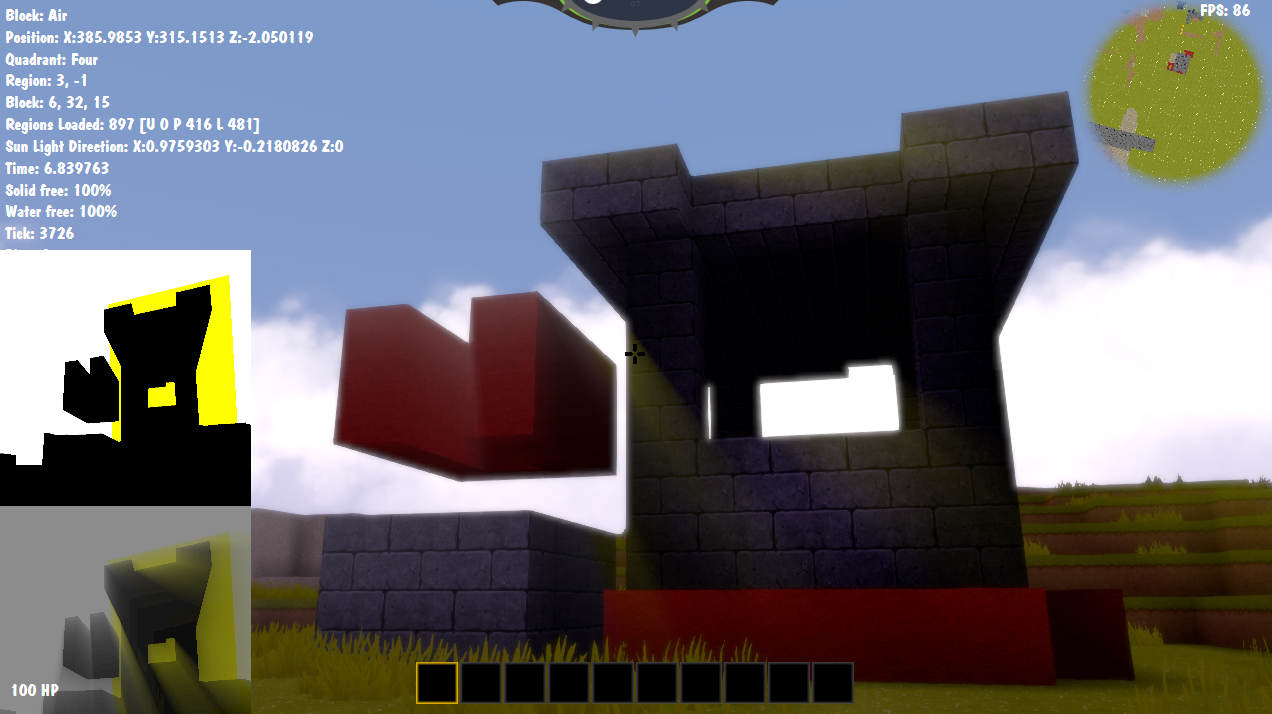http://http.developer.nvidia.com/GPUGems3/gpugems3_ch13.html
Would it be possible to get the above effect while using alphas from a model+texture? I ask because our cloud system works like so:

We create a cylinder object that rotates in a selected direction ( slowly ).

To get the desired cloud effect we apply a texture to it using SRGB and Alpha layer to remove the areas we do not want to cover by clouds.

Our desire is to use the dome ( which encases the cylinder and the world ) where we apply the sun and generate the GPU gems lighting ( god rays ) from the clouds that are showing. I guess the question is, is there any way to create the same desired effect by using the Cloud system we have in place?







